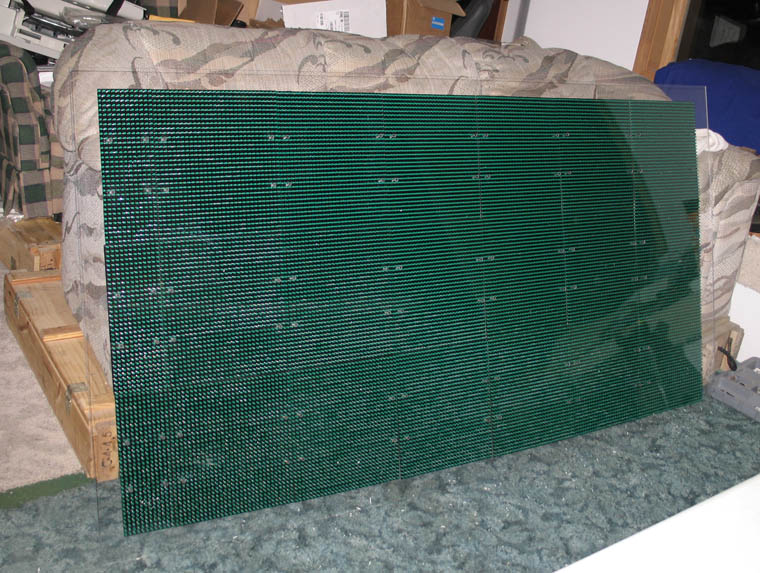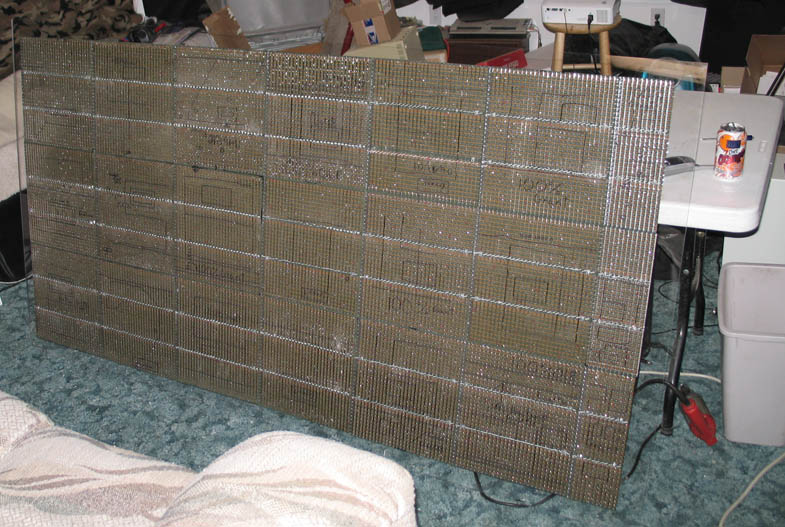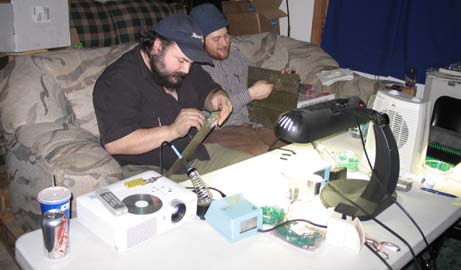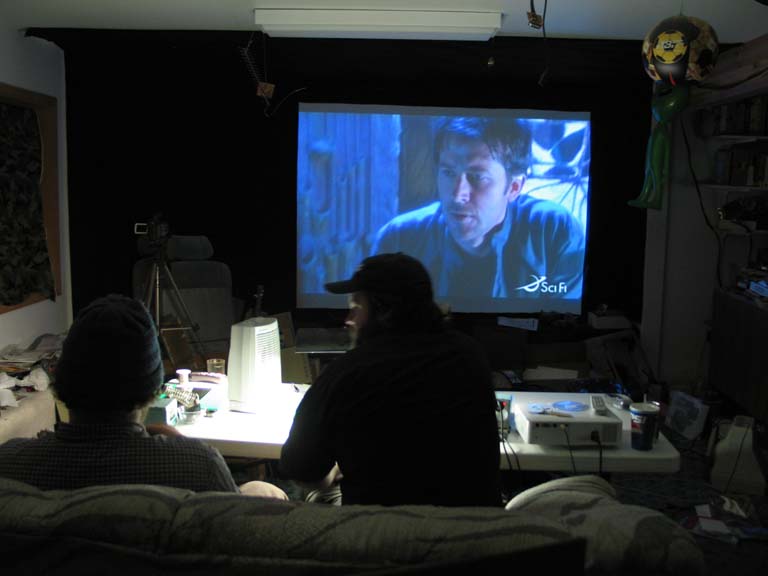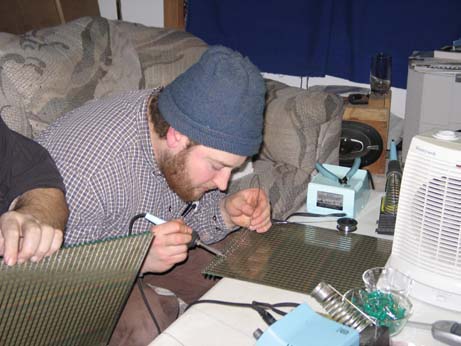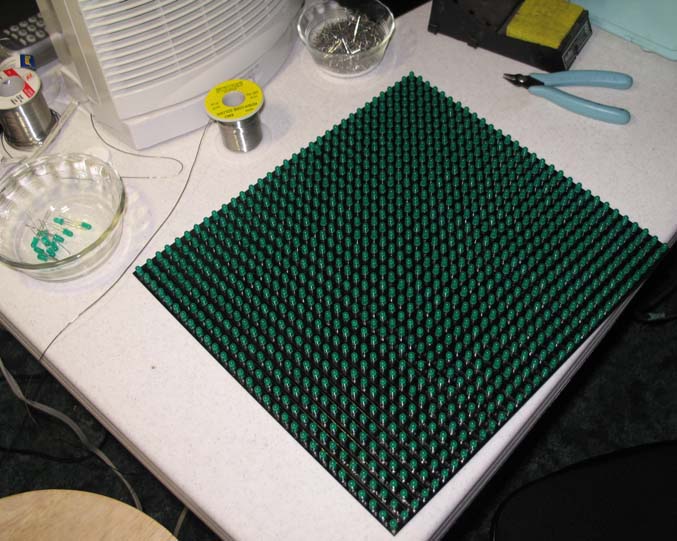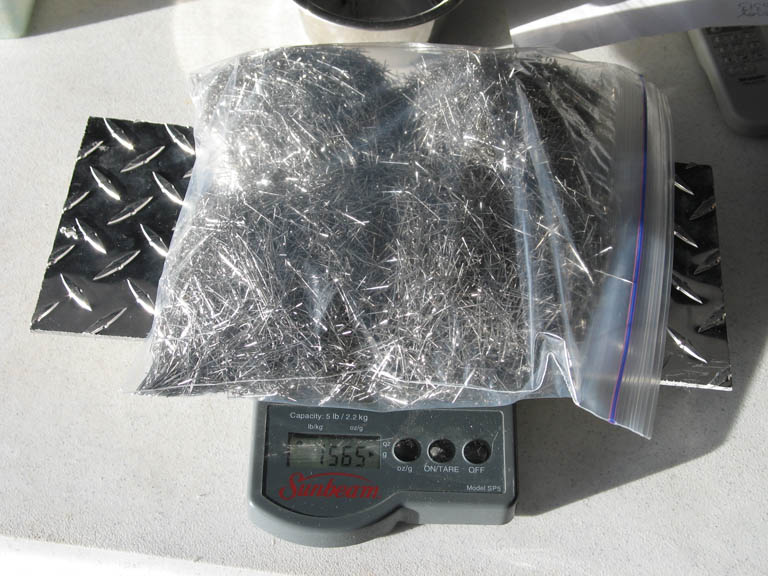Mike Chambers
Veteran Member
- Joined
- Sep 2, 2006
- Messages
- 2,621
why don't you just build an athlon 64 out of transistors diodes and wires from radio shack :D
just kidding, that's obviously near impossible. just try a pentium 3.
just kidding, that's obviously near impossible. just try a pentium 3.

